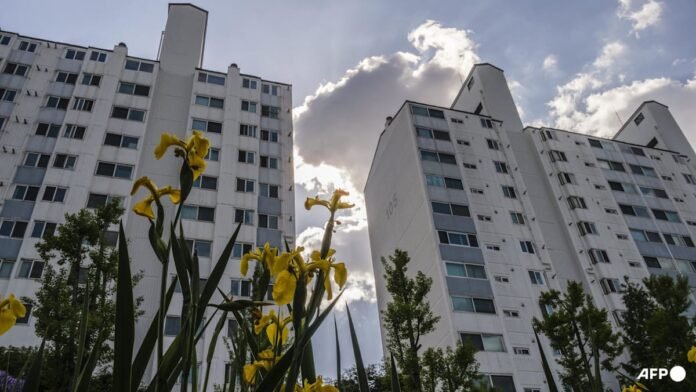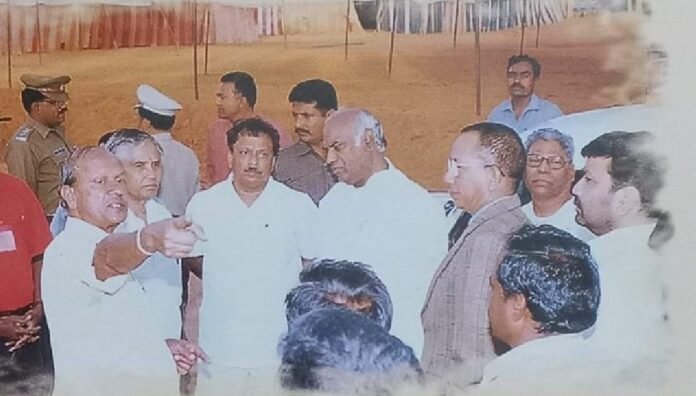Seoul is moving forward with a bold new civil‑defence plan: the first civilian nuclear bunker will be built beneath a public‑housing complex in the city’s growing waterfront district. The project is part of the government’s broader effort to improve emergency readiness amid rising regional tensions.
The bunker, slated to be completed by 2026, will be able to shelter up to 2,000 residents and support basic life‑sustaining functions for several weeks if a nuclear threat were to materialize. It will include reinforced concrete walls, a robust air‑filtration system and redundant power supplies, according to the Ministry of Security and Public Safety.
“We want to make sure that every citizen has a safe place in an emergency”, said Deputy Minister Kim Sang‑hoon in a brief press briefing on Monday. “This is a significant step toward protecting the city’s most vulnerable population.”
City planners chose the site because it sits above a large, high‑rise apartment block that accommodates roughly 3,000 people. The underground complex will run parallel to the existing subway tunnel and will be linked to the municipal water system to provide a separate supply line for residents during an outage.
Local developers are working closely with the city to minimize disruptions during construction. “The design incorporates green spaces and community facilities above ground,” explained developer Park Ji‑yeon of Seouldekro. “Residents will still enjoy a vibrant neighborhood, while the bunker adds an essential safety layer below.”
The K‑won budget for the project is estimated at 250 billion, or about 200 million dollars. The cost covers earth‑moving, concrete reinforcement, ventilation modules and a state‑of‑the‑art monitoring system that will be linked to national warning networks.
Civil‑defence experts say that Seoul’s plan is a rare example of a major city investing directly in nuclear‑attack shelters for unlisted civilians. “While most bunkers in the region are built for military use, civilian protection is a priority that often gets overlooked,” noted Dr. Lee Hyun‑soo, a professor of emergency management at Seoul National University.
The government has announced that it will conduct a public‑information campaign in the coming months, explaining how residents of the affected housing may access and use the bunker. “We want people to be confident in the system and ready to respond if needed,” Deputy Minister Kim added.
With the new bunker, Seoul aims to set a precedent for other cities in the region. The plan highlights an increasing willingness among Korean officials to address the very real possibility of nuclear conflict, while also reassuring residents that their safety is not just a policy promise, but a concrete, build‑in‑place reality.
Stay informed on all the latest news, real-time breaking news updates, and follow all the important headlines in world News on Latest NewsX. Follow us on social media Facebook, Twitter(X), Gettr and subscribe our Youtube Channel.



